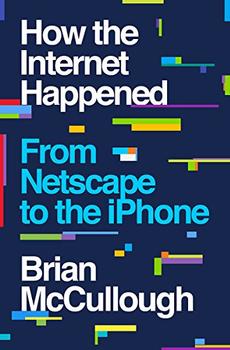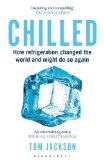Summary | Excerpt | Reviews | Beyond the book | Read-Alikes | Genres & Themes | Author Bio

The 500-Year Story of How Our Houses Became Our Homes
by Judith FlandersThe 500-year story of how, and why, our homes have come to be what they are, from the critically acclaimed New York Times bestselling author of The Invention of Murder and The Victorian City
The idea that "home" is a special place, a separate place, a place where we can be our true selves, is so obvious to us today that we barely pause to think about it. But, as Judith Flanders shows in her most ambitious work to date, "home" is a relatively new idea.
In The Making of Home, Flanders traces the evolution of the house from the sixteenth to the early twentieth century across northern Europe and America, showing how the homes we know today bear only a faint resemblance to homes though history. What turned a house into a home? Why did northwestern Europe, a politically unimportant, sociologically underdeveloped region of the world, suddenly became the powerhouse of the Industrial Revolution, the capitalist crucible that created modernity? While investigating these important questions, Flanders uncovers the fascinating development of ordinary household items - from cutlery, chairs and curtains, to fitted kitchens, plumbing and windows - while also dismantling many domestic myths.
In this prodigiously researched and engagingly written book, Flanders elegantly draws together the threads of religion, history, economics, technology and the arts to show not merely what happened, but why it happened: how we ended up in a world where we can all say, like Dorothy in Oz, "There's no place like home."
Throughout, Flanders notes how difficult it can be to research or understand what everyday houses and homes were like over the centuries; the versions of “home” we see depicted in classic works of art, for example, were often idealized, and there has been little impetus, historically, to preserve humble homes for posterity (she offers the particularly stark example of the incredible scarcity of authentic examples of slave quarters in the American South). She’s clearly done her research, though, and the result is an energetic, if, at times, sprawling history that touches on everything from cleaning methods to eating implements to styles of dress for children...continued
Full Review
(641 words)
This review is available to non-members for a limited time. For full access,
become a member today.
(Reviewed by Norah Piehl).
In The Making of Home, Judith Flanders argues that it can be difficult to know what ordinary homes throughout history looked and felt like, in part because museums with "period rooms" tend to devote precious space to recreating the opulent homes of wealthy figures from the past. Perhaps it's much more fun to look at ceilings replete with gold leaf than rough-hewn beams?
 One museum that partially solved the space problem is the Art Institute of Chicago, whose beloved Thorne Rooms were always a must-see during my childhood visits to my grandparents in Chicago. These miniature dioramas, filled with exquisitely detailed furnishings, offered little windows into homes across centuries of history.
One museum that partially solved the space problem is the Art Institute of Chicago, whose beloved Thorne Rooms were always a must-see during my childhood visits to my grandparents in Chicago. These miniature dioramas, filled with exquisitely detailed furnishings, offered little windows into homes across centuries of history.
The Thorne Rooms at the Art Institute ...
This "beyond the book" feature is available to non-members for a limited time. Join today for full access.

If you liked The Making of Home, try these:

by Brian McCullough
Published 2018
Tech-guru Brian McCullough delivers a rollicking history of the internet, why it exploded, and how it changed everything.

by Tom Jackson
Published 2016
The refrigerator may seem mundane nowadays, but it is one of the wonders of twentieth-century science - lifesaver, food preserver, social liberator.